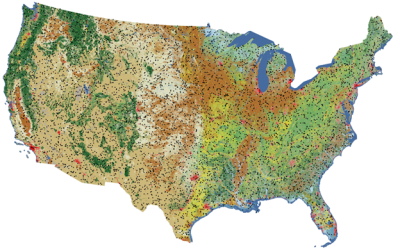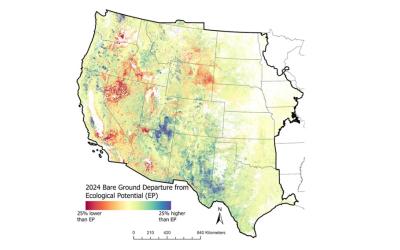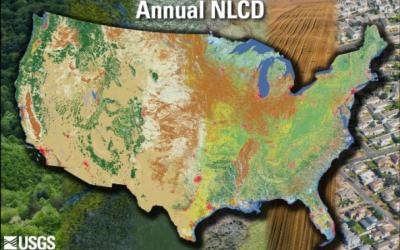
The Alaska National Land Cover Database 2016 was created using change detection between the nominal dates of 2011 and 2016 utilizing Google Earth engine composites of Landsat imagery. Traditionally, previous classifications of Alaska used path row data and spectral comparisons between path rows along with ancillary data to derive areas of change. Alaska has many challenges for land cover classification, with the largest of these being a very short “leaf on” imagery season for acceptable phenology. This is compounded by persistent cloud cover during this growing season, and increasing terrain shadow and sun angle problems outside of this season. For this reason, the timeframe of 10 years was needed for the first update to the Alaska land cover in order to have enough acceptable imagery between these 2001 and 2011 nominal dates that met these criteria in order to provide reasonable change detection. For 2016, there was not enough complete path row imagery to do this similar change detection. Google Earth engine was employed to create a composite imagery mosaic that uses much smaller pieces of Landsat imagery to create a complete Landsat imagery snapshot used to create change detection between 2011 and 2016. Although this composite technique is not as scientifically rigorous as utilizing direct Landsat imagery, it was the only method available to us during production that would allow completion of change detection in the desired five year timeframe.
The original published 2001 and 2011 Alaska NLCD classifications are generally unchanged, except for slight updates in the northern part of the state to remove perennial ice and snow that were a result of lack of suitable imagery in the 2001 timeframe representing minimum snow and ice extent. See the 2001 and 2011 Land Cover products for the specific metadata process steps associated with the creation of those datasets.



